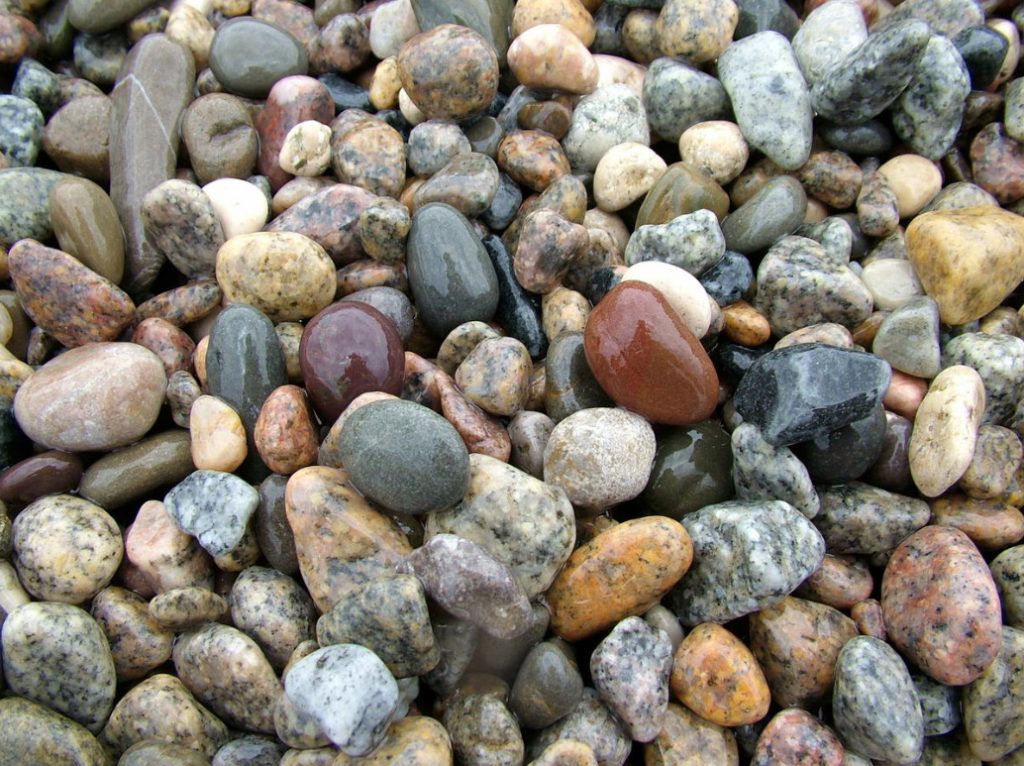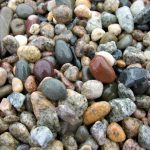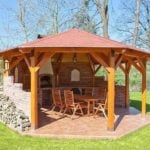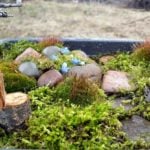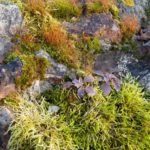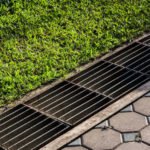Last year, we managed mass plantings in the new garden. The plot is located on the high Bank of a beautiful full-flowing river. A rather pompous stone-and-concrete staircase leads from the garden to the river, and the river Bank and the entrance of bathers to the water is “improved” by an embankment stone beach. Everything would be fine, but the pebbles in the amount of many hundreds of cubes were brought not any, but sea. For me, sea pebbles on the banks of a flat river are complete nonsense. But for the stone and its color, probably, too, there are no companions.
Choosing a stone for your own garden usually takes place in accordance with the preferences of the owner, advice from friends, the Internet, garden magazines, or after contacting specialists. The latter can cost money, but also sometimes does not guarantee the durability or relevance of this stone in a particular garden. No matter how they say that you should trust professionals, life tells you that it is always useful to have your own idea of everything they do with us. So let’s add a little “I know” to your “I like” and then, I’m sure, “everything will be fine.”
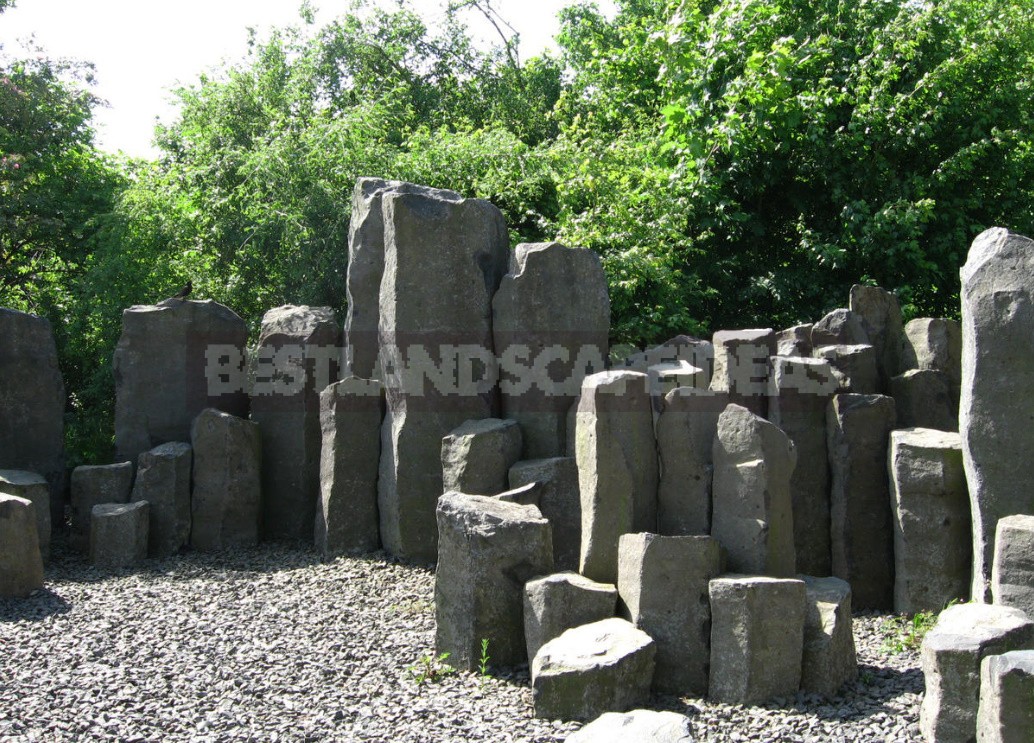
It is worth knowing: the origin and classification of rocks
By their origin, all breeds are divided into three main groups:
- igneous (primary);
- sedimentary (secondary);
- metamorphic (modified).
Igneous rocks were formed directly from magma as a result of its cooling and solidification. Depending on the solidification conditions, deep and overflowed rocks are distinguished:
- deep-the result of gradual cooling of magma at high pressure inside the earth’s crust: granites, syenites, labradorites and gabbro (they are distinguished by their large-crystal structure, high density and strength);
- spilled-the result of a volcanic eruption of magma, which quickly cooled on the surface at low temperature and pressure: porphyry, basalts, volcanic tuffs, ash and pumice (they are characterized by a hidden or fine-crystalline structure, porosity).
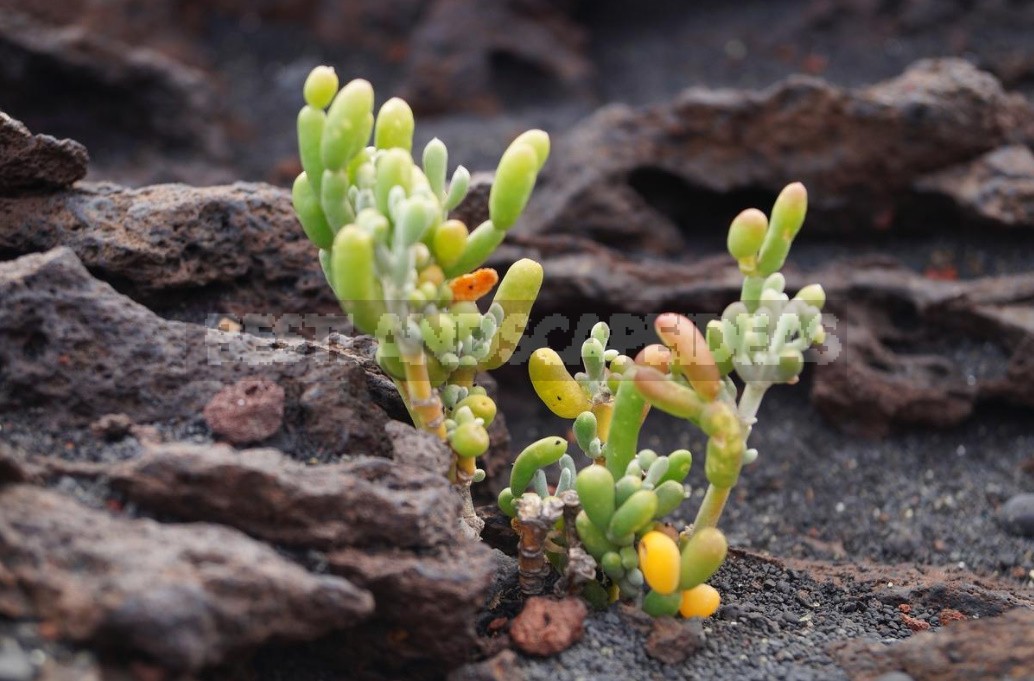
Sedimentary rocks are called secondary rocks, because they were formed as a result of the destruction of igneous rocks or from the products of plant and animal life: cemented deposits (sandstones, breccias, conglomerates) and loose (Sands, clays, gravel and crushed stone). Cemented deposits were formed from loose ones. For example, Sandstone is made of quartz sand with lime cement, breccia is made of cemented rubble, and conglomerate is made of pebbles.
There are also known rocks of organic origin-limestone and chalk. They are formed as a result of the vital activity of animal organisms and plants.
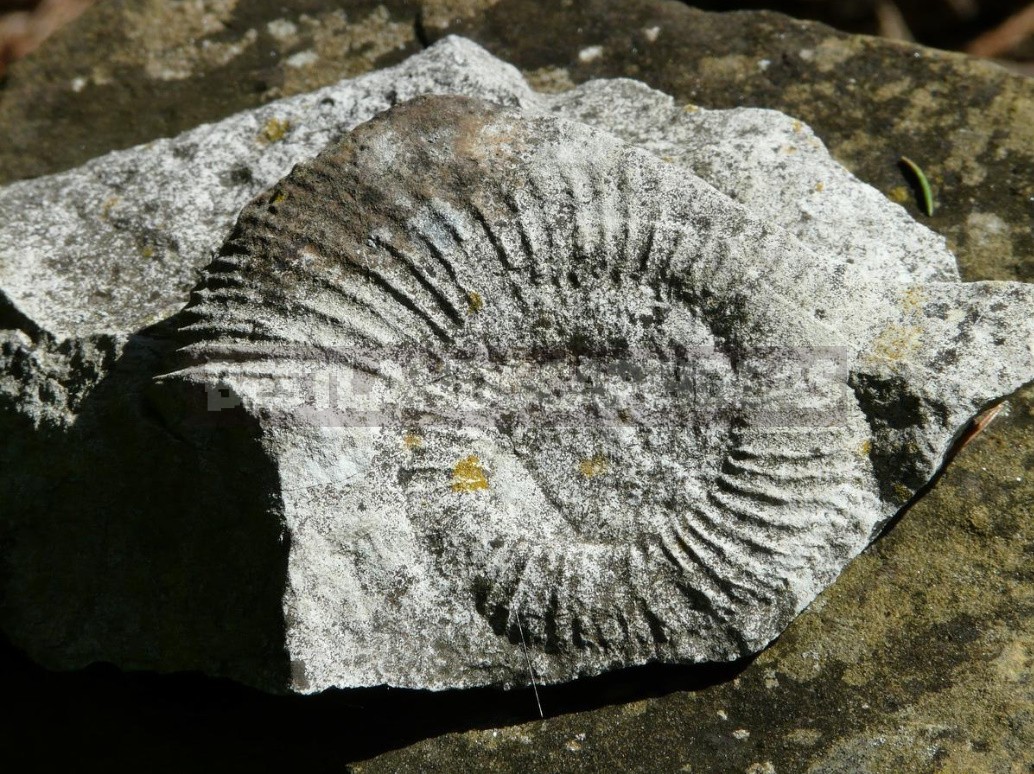
Metamorphic rocks were formed by converting igneous and sedimentary rocks into a new type of rock under the influence of high temperature, pressure, and chemical processes. Among metamorphic rocks, there are massive (granular) rocks, which include marble and quartzites, as well as shale-gneiss and shale
Stone for landscaping: how to choose
The main property of stone for landscape construction is its strength, resistance to atmospheric influences (cold water, temperature fluctuations). It is worth remembering that the roots of plants can destroy the stone.
So, this resistance and strength are due to the way the stone particles are bonded to each other, the ability to dissolve (hydrate) in our natural and weather conditions. If the rock contains a carbonate mineral, for example, dolomite (CaMg[COз]2) lime cement, or just limestone (СаСОз), then due to the ability of lime to dissolve in cold water, the stone will eventually fall apart.
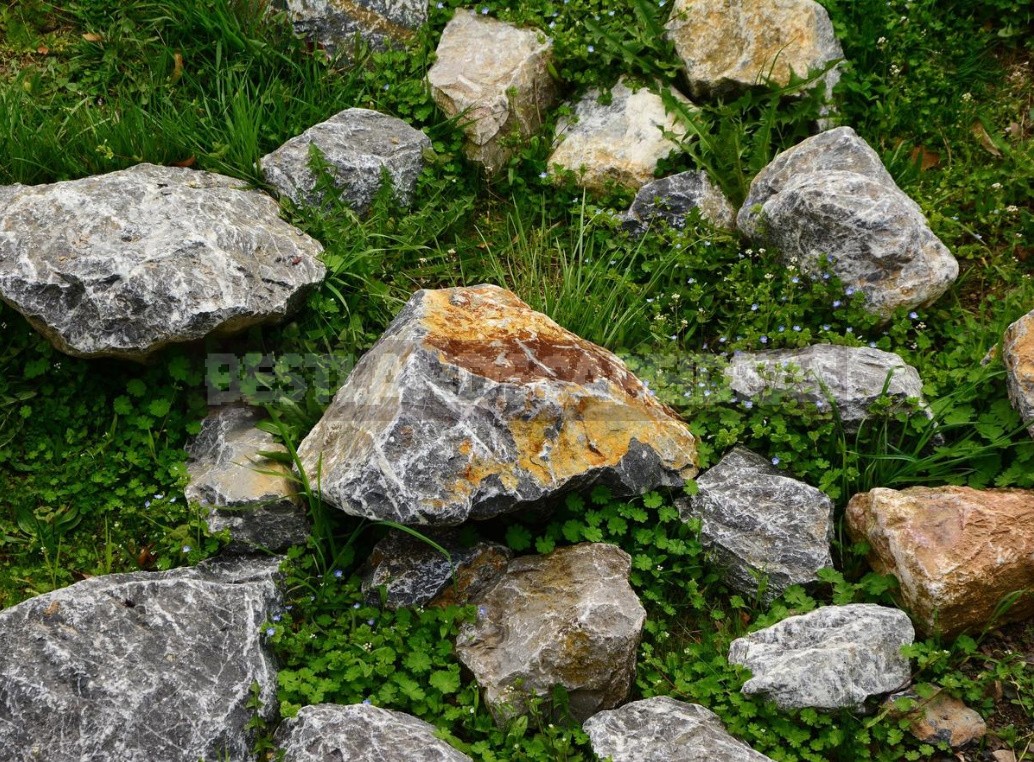
This is what we see on roads that use carbonate rubble for construction-the road is slowly turning into lime milk. The same can be seen on aging marble statues in parks. It is no secret that some of the stones came to us from the South, and there is a completely different climate, so the rocks, palaces and sculptures consisting of limestone, marble, gypsum, and dolomite survive for millennia.
Test of strength
Express analysis of the composition is very simple: take a stone, scrape a small hill of rock dust with the point of a penknife and drop acetic acid or table vinegar. If there is a carbonate, it will react with the release of carbon dioxide, if not, there will be no Fizz and bubbles.

It is somewhat more difficult to determine the presence of clay minerals, which when interacting with water swell and break up the rock. Usually, shale and flagstone are clayey – as if they are dusty, rough, forming mud in the water. To check, you need to put the sample in water, and then rub it, and if it paints your hand, brush, or water, then most likely the stone is not resistant.
The last criterion is mechanical strength. This is especially important for flagstone, the integrity of which can be deceptive. Flagstone can be tested by hitting the end along the layers: the stone should not fall apart into thinner layers. These stones are very quickly destroyed by plant roots, freezing water, and living organisms.
